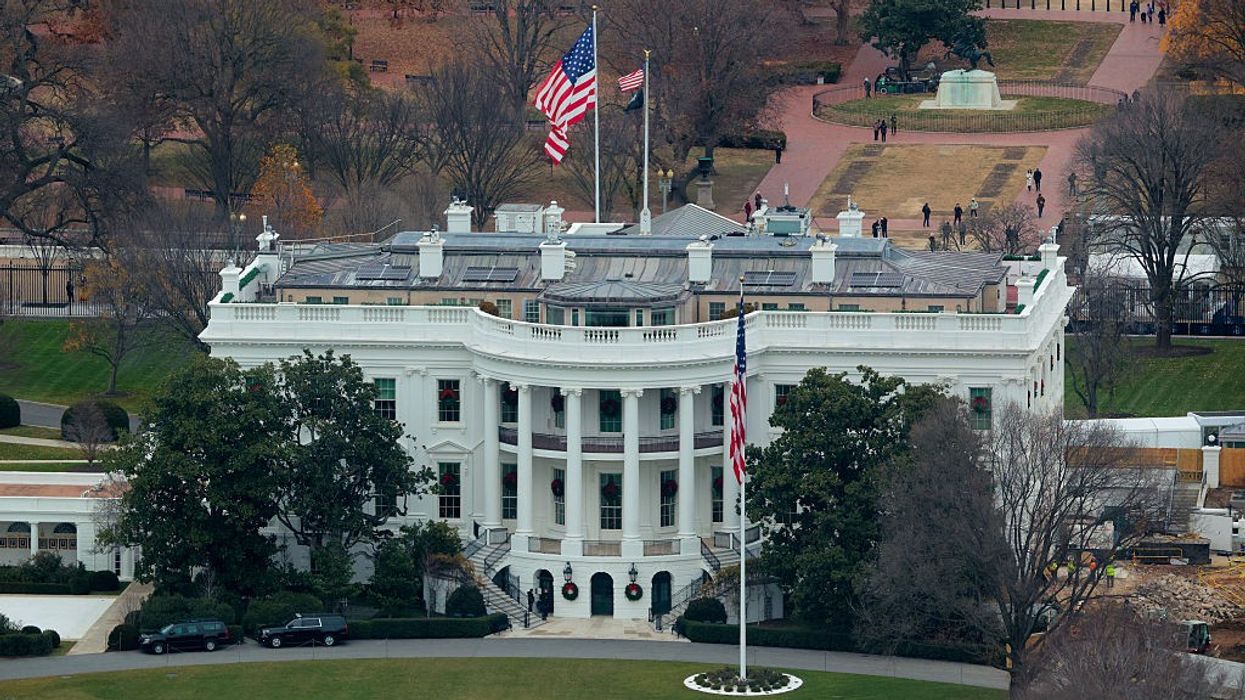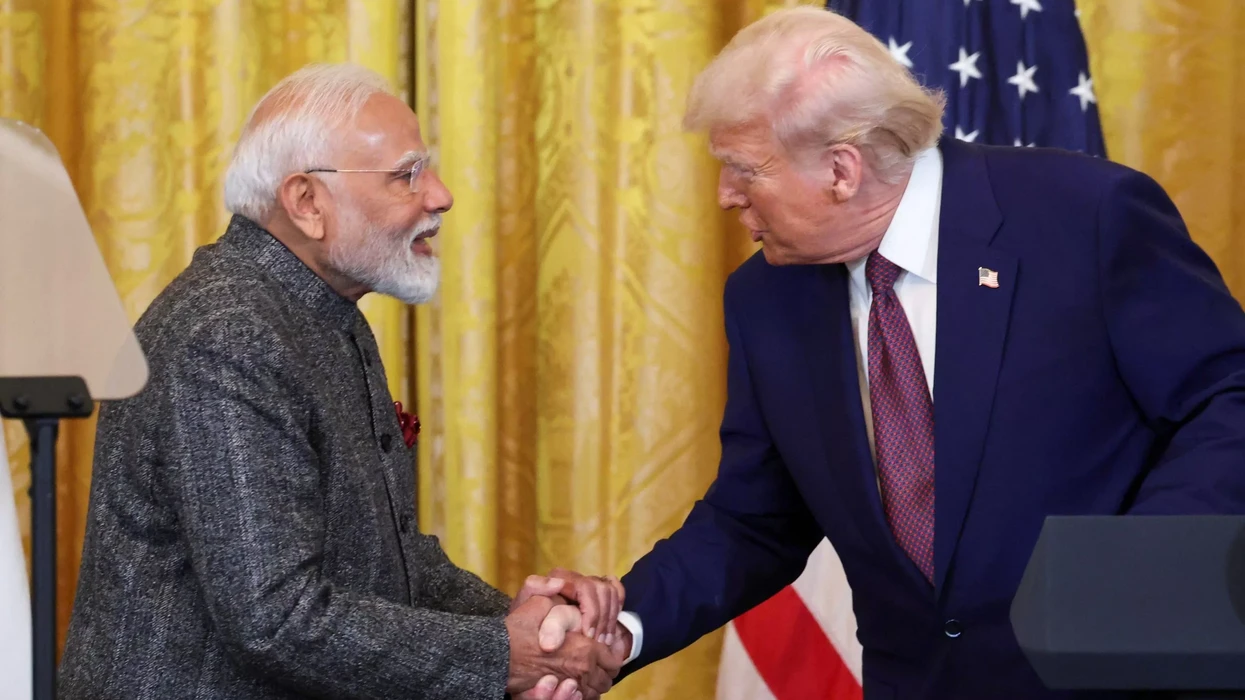In a powerful fusion of symbolism and justice, the Government of India has named its decisive military response to the Pahalgam terror attack as Operation Sindoor—a name chosen personally by Prime Minister Narendra Modi. This is not just a codename; it is a deliberate tribute to the 25 women who were widowed in a brutal act of terrorism that shook the conscience of the nation.
The dead body of Lt. Vinay Narwal after he was shot dead in Pahalgam attack, sitting beside his newly wedded wife in despair. (Photo credit: @TheChronology__)On April 22, innocent tourists in Pahalgam were targeted, identified by religion, and executed in front of their families. Among the most gut-wrenching images that emerged was that of newlywed Himanshi Narwal, sitting beside the lifeless body of her husband, Indian Navy officer Lt. Vinay Narwal, her wedding bangles still on her hands.
In another heart-wrenching moment, Pallavi Rao, who had been seen smiling in a video shot on a shikara just a day before, was recorded crying helplessly after her husband, Manjunath Rao, was gunned down.
It is in honor of this unimaginable grief that the operation was named Sindoor—a word deeply rooted in Hindu culture and symbolizing the sacred bond of marriage. In Hindu tradition, sindoor (vermilion) is applied by married women along the parting of their hair as a mark of their marital status.
Applied by the husband during the wedding ceremony in a ritual called sindoor daan, it represents love, devotion, and a woman’s prayers for her husband’s well-being and long life. The presence of sindoor is not just external—it signifies emotional, spiritual, and social completeness for a married Hindu woman. Its forced removal, through widowhood or tragedy, is a profound personal and cultural loss.
In the official Indian Army visual marking the operation, the word “Sindoor” is stylized in block letters, with one ‘O’ replaced by a bowl of vermilion. Some of it is seen spilled—symbolizing both bloodshed and the violent severing of sacred marital ties. The caption below reads: "Justice is served. Jai Hind."
The government’s choice of this name resonated across the country. Aishanya Dwivedi, whose husband Shubham Dwivedi was among those killed, said, “This is the real tribute to my husband. Wherever he is, he will be at peace now.” Sangita Ganbote, widow of Kaustubh Ganbote, added, “The name respects our pain. We waited for PM Modi to act, and he gave a befitting reply.” Pragati Jagdale, whose husband Santosh Jagdale was killed, said, “Terrorists erased our sindoor, and now they’ve got the answer. Hearing the name brought tears to my eyes.”
Beyond cultural symbolism, sindoor also has a traditional scientific explanation. Applied along the hairline, it lies above the pituitary gland, believed in Ayurvedic and yogic sciences to regulate emotional and hormonal balance.
Ancient texts also describe this area as the ajna chakra, or the “third eye,” and suggest that applying sindoor may stimulate this energy point—enhancing mental focus and emotional calm.
Operation Sindoor marks the first tri-services military offensive by India since the 1971 war. In the early hours of May 7, the Army, Navy, and Air Force carried out precision strikes on terror infrastructure in Pakistan and Pakistan-occupied Kashmir.
The targeted sites included hubs of the Lashkar-e-Taiba and its proxy, The Resistance Front, which claimed responsibility for the Pahalgam attack. Strikes were confirmed in areas like Muridke, Bahawalpur, and Muzaffarabad, without targeting Pakistani military assets—an approach described by the Indian government as “focused, measured, and non-escalatory.”
Pakistan responded with artillery shelling, killing three civilians in Indian villages. Pakistani Prime Minister Shehbaz Sharif condemned the strikes, calling them an “act of war,” and promised a response. Meanwhile, Indian Defence Minister Rajnath Singh posted “Bharat Mata Ki Jai” on X, and the Army echoed with “Justice is served. Jai Hind.”
In choosing the word Sindoor, India has not only launched a military offensive but also made an emotional, spiritual, and symbolic statement. It reminds the world that this was not merely a terrorist strike—it was an attack on the sanctity of love, family, and womanhood. And the nation’s response, through Operation Sindoor, affirms its resolve to honor that sanctity with justice.
















